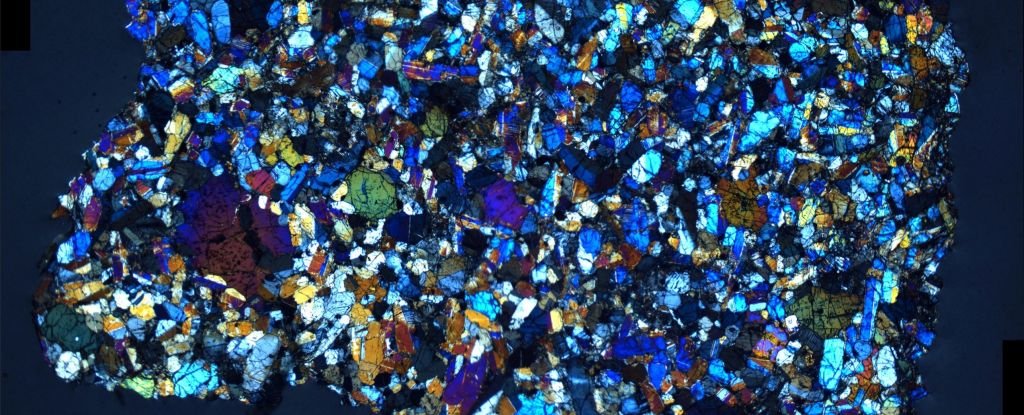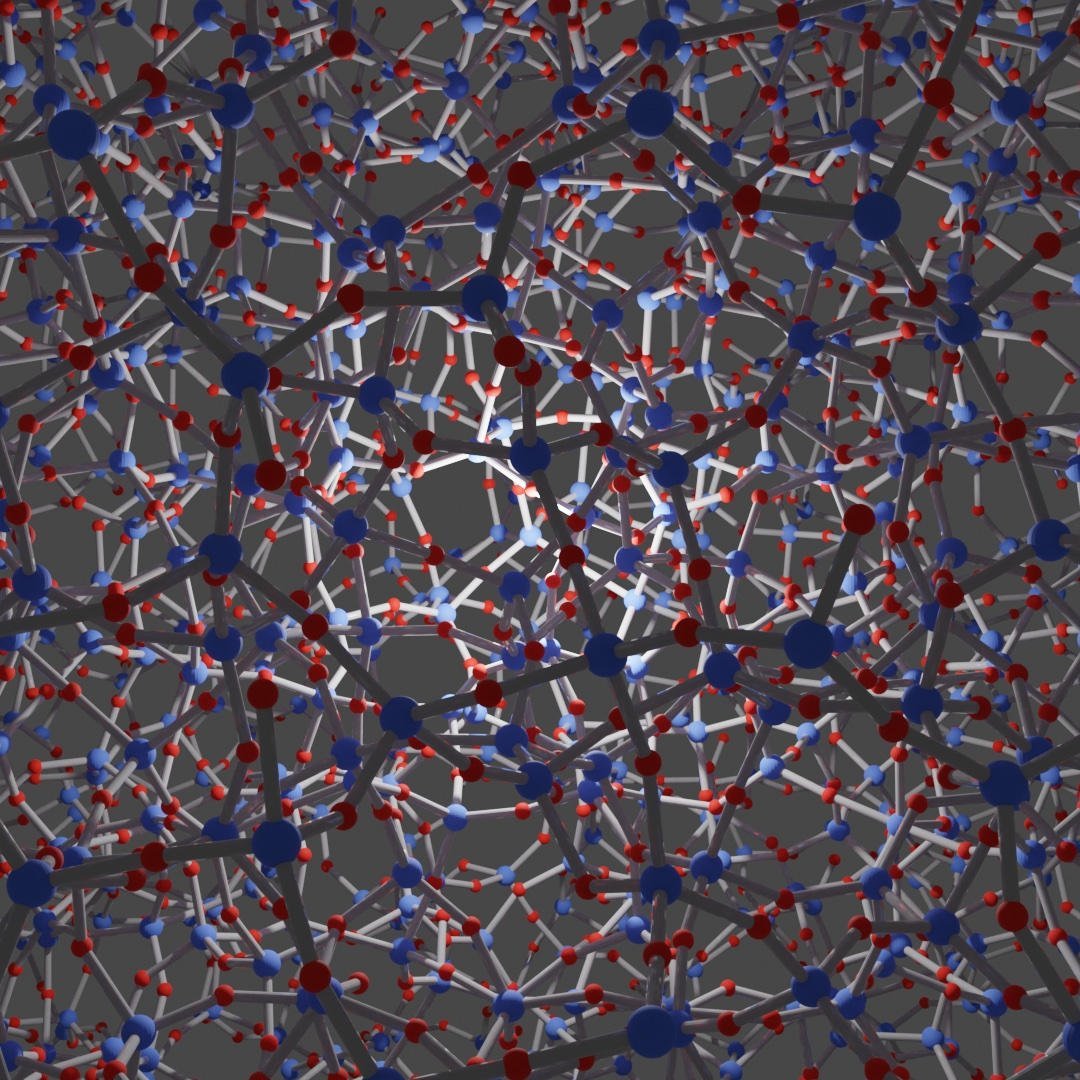It may come as a scoop of white powder to add to a latte or smoothie, promising to help achy joints and sagging skin.
Or, as an ingredient in face masks and moisturizers, claiming to offer a youthful glow.
It’s marine collagen, a buzzword in beauty and supplement circles, often derived from fish skin, scales and bones, or other animals like sponges and sea cucumbers, depending on the product.
The global market for marine collagen is already estimated at more than $1 billion US and growing, driven by demand to look and feel younger.

It’s promoted as an alternative to traditional sources of collagen supplements, derived from land animals like cows and pigs, which some avoid for religious or other reasons.
Many marine collagen products also market themselves as natural or eco-friendly, featuring images of waves and fish and references to “cold, clean” ocean waters.
But with overfishing and climate change already threatening global ocean wildlife, is this a sustainable place to turn for anti-aging hope?
It depends, according to those watching this emerging conservation issue, on where the collagen is coming from — something that might not be clear at all when you pick up the product.
“With these marine collagen products, shoppers are buying a black box of marine ingredients,” said Kelly Roebuck, sustainable seafood campaigner with the Canadian marine conservation group Living Oceans Society, in an email to CBC News.
Where collagen comes from
Our bodies naturally make collagen, which provides elasticity and strength to our skin, tendons, bones and other tissues. We make less as we age.
But it’s widely found in the animal kingdom — even in the 68-million-year-old bone of a T. rex — so people have turned to collagen supplements derived from other creatures.
Health Canada licenses more than 2,000 natural health products containing hydrolyzed collagen as a medicinal ingredient, and more than 1,000 with collagen from marine sources.
Bovine collagen, from cows, has led that industry. But last year, an investigation by the Bureau of Investigative Journalism, The Guardian and others linked cattle ranches producing collagen, leather and beef to tropical rainforest loss in the Brazilian Amazon.

The investigation traced the collagen supply chain to major companies, including the Nestle-owned brand Vital Proteins promoted by Jennifer Aniston. (Nestle has said it is taking steps to ensure products are deforestation-free by 2025.)
Enter marine collagen, which was already being hailed by researchers as abundant and sustainable, with lower risk of disease transfer than collagen from mammals, and with chemical differences that could make it easier to absorb.
“It’s going boom,” said Azizur Rahman, director of the University of Toronto’s Centre for Climate Change Research, who recently published a scientific review of marine collagen’s effects on skin aging and heads a spin-off company researching and developing marine collagen products.
“Over the past decade or so, there has been a remarkable rise in market demand for marine-based cosmetics especially, driven by growing consumer interest in natural and sustainable ingredients.”

Another demand on fish
But sustainability is far from guaranteed when it comes to a new demand on marine creatures.
More than a third of the world’s fish stocks are overfished — harvested at levels that can’t be biologically sustained — and that number is rising, according to the latest global report from the UN’s Food and Aquaculture Organization.
Most of the rest are also maxed out — classified as fished to their biologically sustainable maximum.
“If you look at global seafood production from the oceans, particularly from captured fisheries, it peaks in the 1990s,” said William Cheung, director of the Institute for Oceans and Fisheries at the University of B.C. in Vancouver.
“What it means is we are not able to produce more fish, even though we know that there are increasing demands for seafood.”

While Cheung isn’t aware of any research specifically on marine collagen impacts, he says any new draw on the ocean should be considered in that context — with climate change further threatening marine life and a growing global population dependent on seafood, especially in developing and low-income countries.
Canadian scientists have also raised concerns about demands for other nutritional supplements from fish, like shark liver oil and omega-3 fatty acids.
A Nature Ecology & Evolution paper in 2022 flagged marine collagen as an emerging issue in ocean biodiversity, noting it could be a threat to species like sharks or sponges.
But the paper notes it could also be an opportunity for sustainable resource use — if it came from skin, bone and trims from the fish-processing industry that might otherwise go to waste.
Where is your marine collagen from?
The tricky part is marine collagen products may not say what they’re made of.
Some do advertise the source. For example, Nova Scotia company Landish says its marine collagen is from wild cod, haddock and pollock caught in the North Atlantic to make fish fillets. According to the company, they use “byproducts only,” namely the skin and scales.
Toronto company Genuine Health says its marine collagen is “upcycled” from the same species caught in the “deep, cold seas of the North Atlantic.” (Neither company replied to a CBC News request for more details.)
Nippi Collagen, a major player in the industry based in Burnaby, B.C., told CBC News in a statement it uses skin and scale byproducts of the seafood industry, and the source varies by grade. Lower grades are from farmed fish sourced globally, including from Thailand and Indonesia; its premium grade is from wild-caught fish scales. (Further questions on fish species weren’t answered.)

But many products have no information on what animal was used, if it was wild or farmed, or what part of the world it grew in.
“Like any fishery or aquaculture product, there can be sustainable or unsustainable sources,” said Roebuck of Living Oceans.
“It is impossible for consumers to know what species is being utilized and whether they are contributing to overfishing, marine degradation or even illegal activities.”
Consumers can turn to eco-labels to help avoid that risk.
For example, the Marine Stewardship Council’s (MSC) blue eco-label means the wild fish or seafood comes from fisheries that have been independently assessed and reach a set of sustainability requirements. (MSC’s standard has faced criticism from conservation groups for not being tough enough, and is being revised.)
Kurtis Hayne, program director for MSC in Canada, says products with the label are also audited for traceability — something that’s often a challenge in global fisheries.
“So anything with that blue MSC eco-label is a way of signalling that it’s from a sustainable fishery, and … there’s assurance, strong assurance that it’s coming from a certified fishery and not mixed up along the way.”
In 2020, there were no marine collagen products with the MSC eco-label, but it’s been “growing quickly,” said Hayne, with 37 globally as of last year, primarily from MSC-certified Atlantic cod.

The question of byproducts
While using byproducts to make marine collagen does seem to have a lower impact, it could still have consequences.
For example, critics have argued that bovine collagen and leather, which are byproducts of beef, actually help the bottom line of cattle production linked to deforestation, and thus encourage it.
On the flip side, Hayne said that when a fishery has invested money to become more sustainable, making profits from what were byproducts can encourage further improvements.
“From our perspective, it allows us to reduce waste, but it also allows fisheries to extract more value out of this … precious wild resource,” said Hayne.

Cheung calls the industrial processes that discard so much of the fish “quite wasteful,” and notes that globally, many cultures depend on the whole fish for food.
“I grew up in the Chinese culture, from Hong Kong. So we eat almost every part of the fish,” he said.
“We use the whole fish to make soup because I think with the fish bones that the fish soup is really rich and tasty and that actually provides a lot of nutrients.”
He hopes the growing demand for marine resources like collagen will be coupled with bigger discussions about trade-offs, equity and food security.
“We need to use the available resources wisely and manage them wisely as well.”










